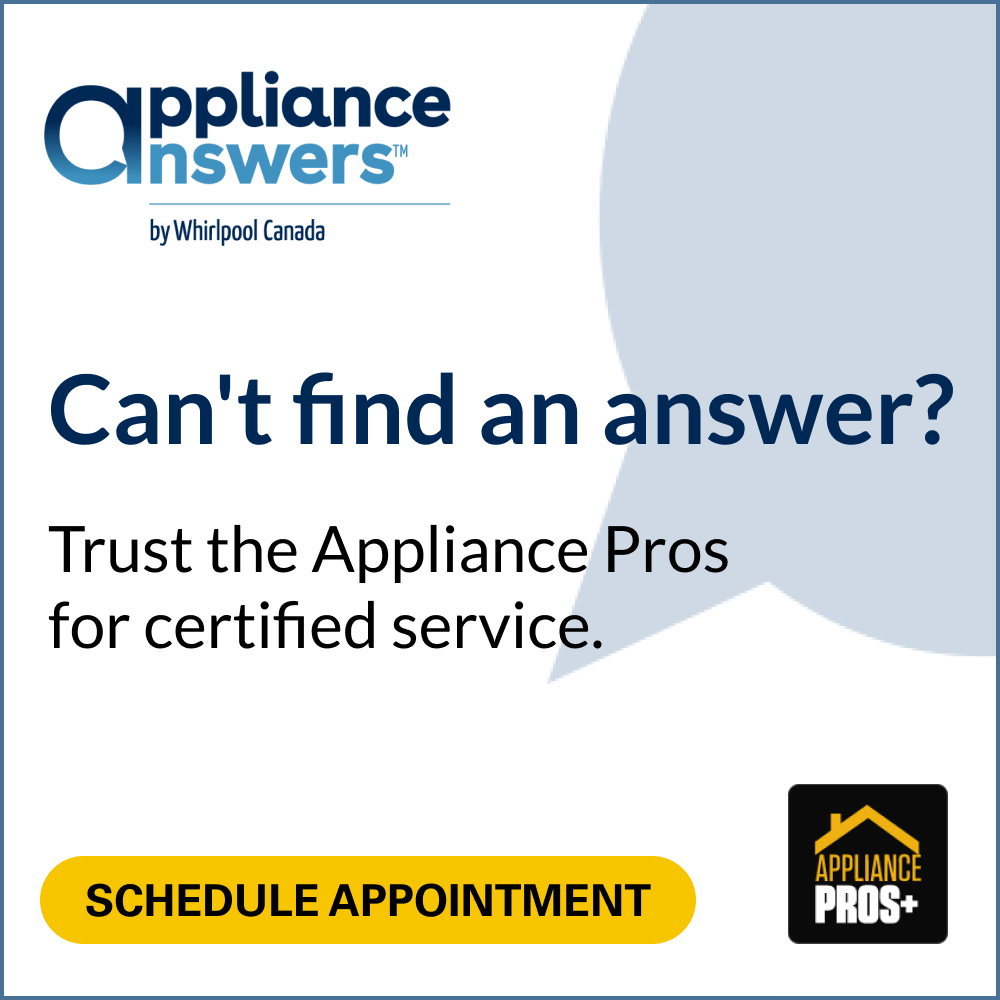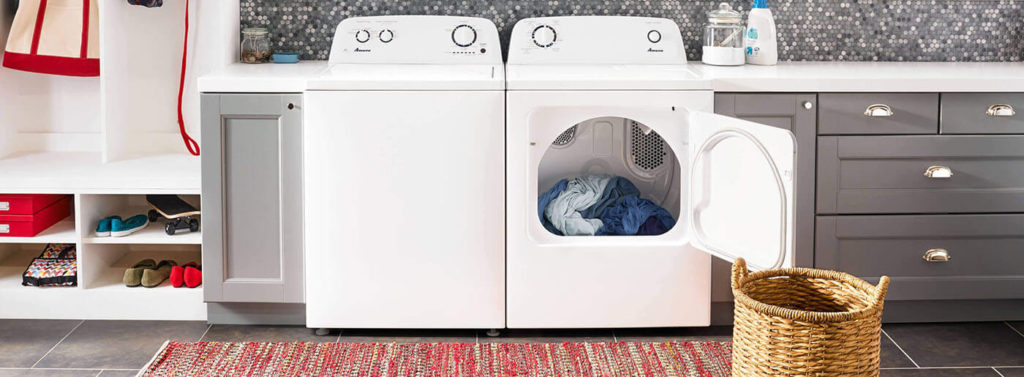Wall ovens offer more flexibility than a standard range, including specific configurations and the ability to position them higher and avoid bending to retrieve food. They can save valuable countertop space and offer a wide range of additional features that a standard stove might be lacking.
Due to all these options, it can be challenging to find the perfect wall oven. That’s where our wall oven buying guide comes in handy. It can help alleviate some concerns and introduce you to all the relevant features and benefits.
Overview
Most modern wall ovens behave similarly to a range oven when it comes to baking and broiling options. Wi-Fi connectivity and touchless operation have become more popular than ever. In addition, modern ovens can come with security features to make them safer around children.
Wall ovens can be a great help due to the lack of a height limit. Since you can install them on any wall, you will have an easier time putting the food in and taking it out of the oven.
Below are some of the key features to consider. Most are interchangeable, i.e., you can pick one from each category and find a model you like.
Heating Systems
There are two main types of ovens: thermal and convection.
Thermal Ovens
Also known as traditional, conventional, or regular ovens, thermal ovens are what you’re most likely familiar with. They have a baking element at the bottom and a broiling element on top to cook food from two sides. Most recipes are written with these ovens in mind. If you don’t want to deviate from traditions and steps, it might be easier to stick with the trusted solution in thermal ovens.
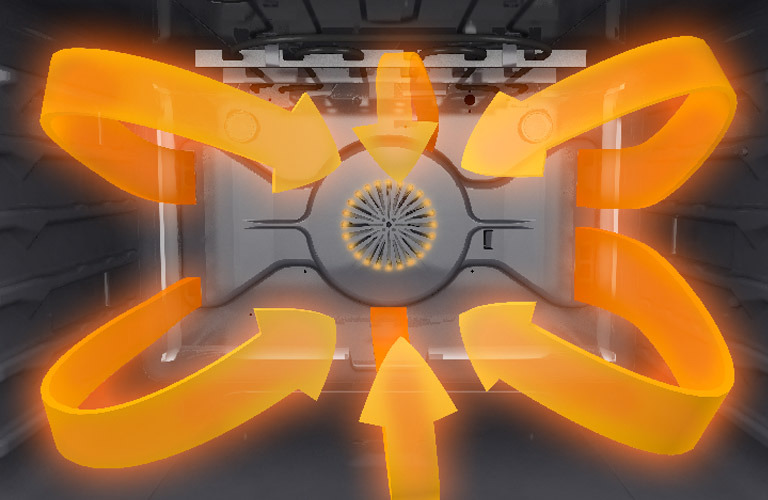
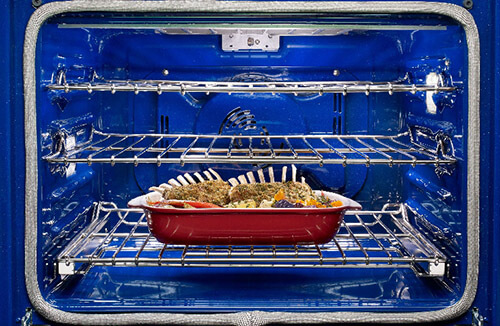
Convection Ovens
Convection ovens have a fan typically on the back of the cavity to circulate the hot air inside and provide more even heat throughout the oven. The fan can always be turned off to essentially convert a convection oven into a traditional one.
Compared to thermal ovens, convection ovens heat food faster and more evenly. If you’re not used to them, you might burn food if you leave it for too long or on higher heat than necessary.
An additional type of convection oven, called a true convection oven, makes full use of the convection cooking principle. With a third heating element behind the fan, the convection mode often provides an almost uniform temperature throughout the cavity. There’s less need to rotate the food or worry about rack placement since nearly all parts of the oven will be the same temperature.
You can check our “Convection vs. Conventional Oven” guide for more information.
Configuration
Wall ovens come in multiple configurations depending on your cooking needs and kitchen requirements.
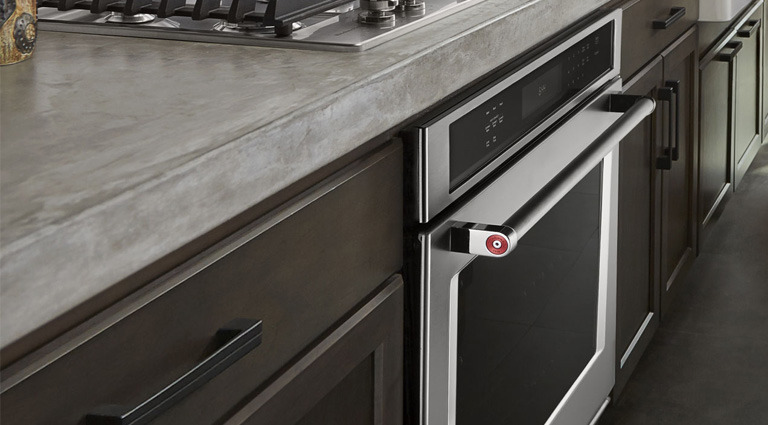
Single Oven
The single oven has one oven and a control panel on the top. Generally, it’s the go-to model that effectively replaces a stove’s oven when you don’t have room for one.
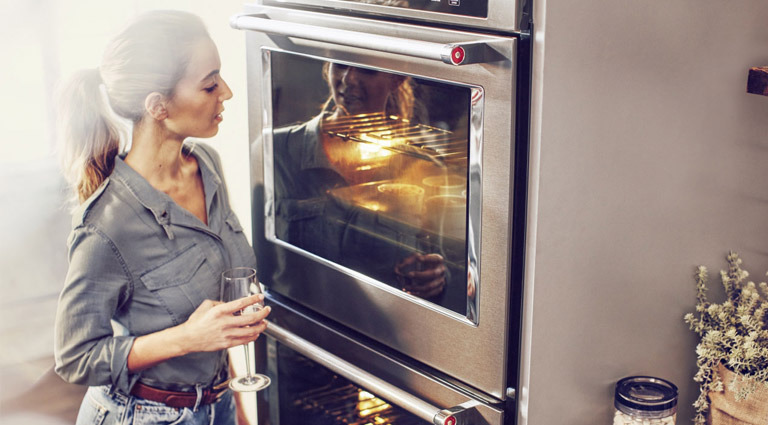
Double Oven
The double oven has two cavities (and doors) and a control panel on the top for both. Each cavity acts as a separate oven, allowing you to cook two individual meals at different temperatures in the same appliance. This is an excellent option if you have a large family and are making elaborate dinners.
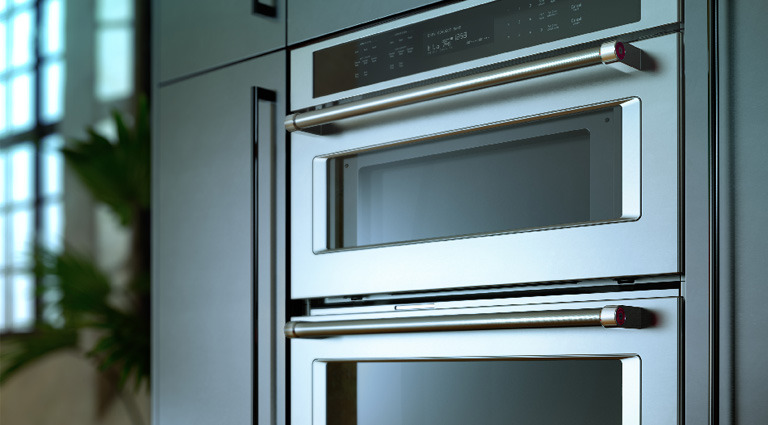
Combined Oven
A combo oven has a microwave above the oven cavity. The microwave part is usually smaller, but can be used as a smaller version of a convection oven in some cases.
Sizes
Most ovens come in similar widths, with the most common models having widths of either 24”, 27”, 30”, and 36” (61, 68.6, 76.2, and 91.4 cm, respectively). Before picking out a model, check how much room you have. If you’ve removed a wall oven and plan to replace it, you may want to stick to the same manufacturer due to small disparities in widths.
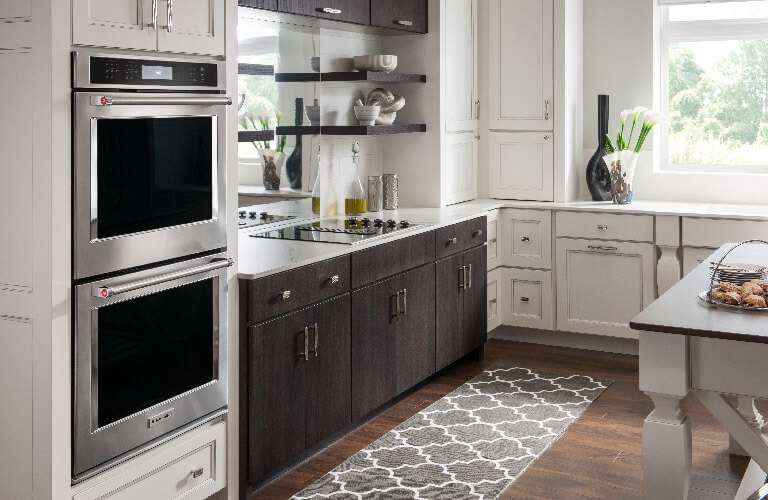
Oven heights generally remain the same between models, with height changes dependent on the type of the oven. Single ovens are about 29” (73.7 cm) tall, double ovens are commonly about 51” (129.5 cm) high, combination ovens are usually approximately 42” (106.7 cm) tall, and triple ovens are about 61” tall (154.9 cm). The cutouts are usually an inch smaller due to the front console.
The depth of all wall ovens is usually 23.5” (60cm). Always check the manufacturer’s specifications and precise measurements.
Installation & Integration
Some models can be installed to be flush with other cabinets. Other models are designed to protrude about 1” (2.5 cm) outward, called proud installation. In most cases, a flush wall oven requires deeper cabinetry. Always consult the installation guide for a wall oven you plan to purchase to see whether it will fit into your existing kitchen.
If you’re buying a wall oven separately from a cooktop, a smaller single oven can often fit below a countertop or a cooktop. Be sure to check with manufacturers and installation guides to see if the wall oven you want can serve as a regular range oven.
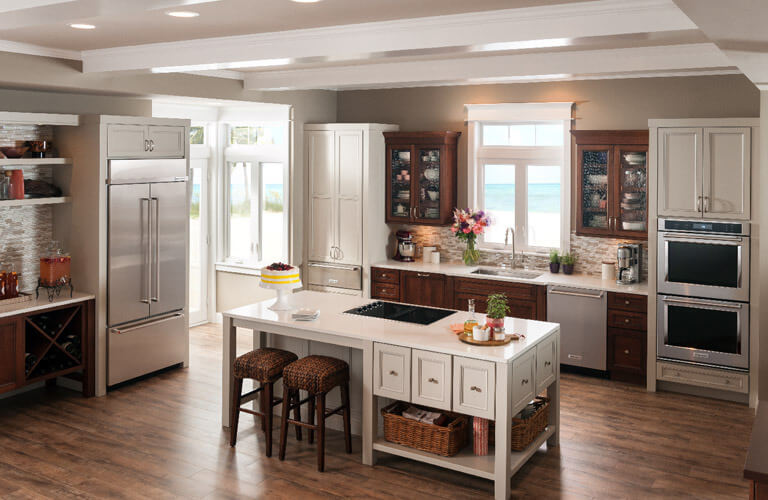
Fuel Type
There are two main fuel types to consider when purchasing a wall oven.
Electric ovens are by far the more popular option. They bake more evenly, and the dry heat helps broil and crisp meats more effectively.
On the other hand, gas ovens are better for baking artisanal cookies and bread due to more moisture. Gas is usually cheaper than electricity as well. However, you’ll need to have a gas installation in the house beforehand. Otherwise, it might not be worth getting a separate gas line for the oven.
Unlike ranges, there are very few gas wall oven options, typically leaving shoppers with less choices, and perhaps more expensive choices, if they want gas.
Cleaning
Often modern wall ovens have self-cleaning options that incinerate spills and food particles, which usually only requires you to clean up lightly afterwards.
Alternatively, there are steam cleaning options for some models that use lower heat and require adding water to the bottom of the oven. This allows it to steam up the oven cavity and loosen any grime or spills.
If the oven doesn’t have one of these options, you’ll have to clean it manually. Always refer to and follow your appliance and product Use and Care Guide instructions, as it should be your primary source of information. You can check our oven cleaning guide to get some useful advice.
Additional Features
If you like to bake and plan to use the oven a lot, consider one of these additional wall oven features when picking the right fit.
-
Delayed Bake and Wi-Fi Connection
- Some new ovens can be programmed to work on a delay, allowing you to prep a meal and have it ready whenever you want it to. Many modern ovens also have Wi-Fi connectivity options which can send notifications and updates to your mobile device.
-
Side-Swing or French Doors
- A side-swing door opens from the side rather than the top, whereas French doors are double doors that open out. These door types mean you don’t have to reach over hot oven doors to retrieve a heavy dish.
-
Control Lockout
- Some models can have shut off controls that prevent anyone from accidentally turning the oven on. This setting is especially helpful in families with children.
-
Finish
- Wall ovens come in variable finish types and colors, allowing you to pick and choose the options you want to fit with the existing kitchen aesthetic. Most common colors include black, white, stainless steel, slate, and black stainless steel, but you can find them in other combinations.

